Bass fishing with soft plastic lures and a Texas Rig
Using plastic worms has been ubiquitous in the bass fishing world since the 1970s when lure manufacturers stopped producing hard rubber worms in favor of the soft plastic variety. Any bass fisherman worth his salt knows how to use a Texas Rig with the soft plastic worms to fish in any kind of environment.
This rig will allow you to fish at any depth, through weeds, grass, rocks, and brush without your rig failing. This rig is the ultimate in setting up a bass lure as you can use any size plastic worm and vary the sinker weight, or eliminate it altogether, to suit the conditions that you find during your time with your rod.
How to set up a plastic worm on a Texas Rig
A Texas Rig needs nothing more than the plastic worm, your line, a hook of the correct size and a sinker of the correct weight for the conditions.
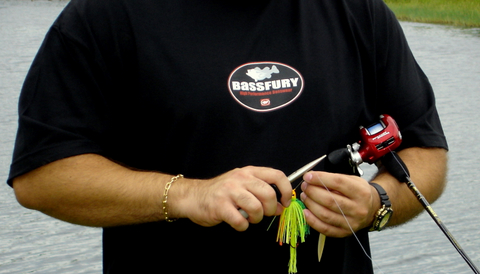
- Place a sinker on your line. Using a cone sinker will help facilitate the movement of the sinker through weed or brush.
- Tie the line to your hook.
- Push the tip of the hook into the worm’s nose for approximately ¼”.
- Decide which side of the worm you wish the hook to exit, as the point at which the hook exits will be opposite to where the hook point will eventually lie exposed when you are finished. For simple worms, this is not important, but for those worms that are shaped, this may well be something to consider at this point.
- Now turn the hook and push it out of the side of the worm.
- As the tip exits the worm, slide the head of the worm along the shank of the hook until it rests next to the eyelet. Tug sharply so that the eye of the hook is embedded in the head of the worm.
- This step is the most important step in forming this rig as it will determine how natural your worm will look in the water. Take the hook in the middle of the shank and hold it upright, allowing the worm to hang freely and parallel to the bottom of the hook. Take careful note of where the bottom of the hook lines up on the body of the worm.
- Make sure the worm is hanging freely, and you have not turned the body. Check the line running down the body of the worm to make sure that it is running straight and has not been twisted.
- Once you have found the correct point to reinsert your hook and the body of the worm is straight, push the hook straight through the body of the worm.
- As the hook exits, take the body of the worm and ensure that it is lying correctly and is straight along the length of the hook.
- At this point, you will be ready to fish, but if you are in an environment where there is much to foul your hook, you can take the hook and gently press it into the body of the worm. This will make the rig completely weedless.
Using sinkers with a Texas Rig
When a sinker is fitted to the line prior to the hook, it will slide freely along it. But when fishing in water with a thick cover of weeds, brush, lily pads or rocks, it is not advantageous to allow the sinker to slide freely. It can be very frustrating when the sinker falls on one side of an obstacle and the worm on the other, resulting in the sinker getting hung up.
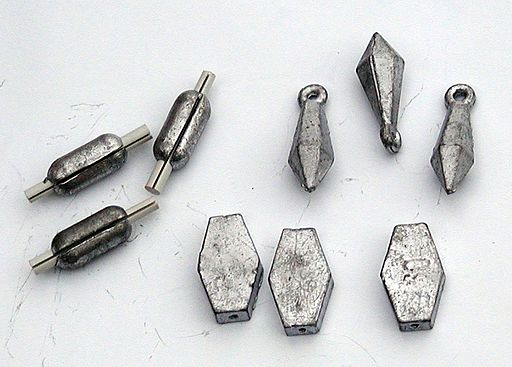
To solve this problem easily, take a toothpick or match and jam it into the hole of the sinker, pinning the line and sinker together with the sliver of wood. Cut off the excess, and you will have successfully stopped the sinker sliding up and down the line.
In theory, using a sinker on the line with the Texas Rig will give the angler a split second extra to set the hook. Theoretically, the fish will not feel the weight of the sinker as it will slide up the line when the bass takes the worm, thus giving the angler their split second. Using a sensitive rod and line should give the angler plenty of time to set the hook, so it should be immaterial whether the sinker is pinned or sliding free.
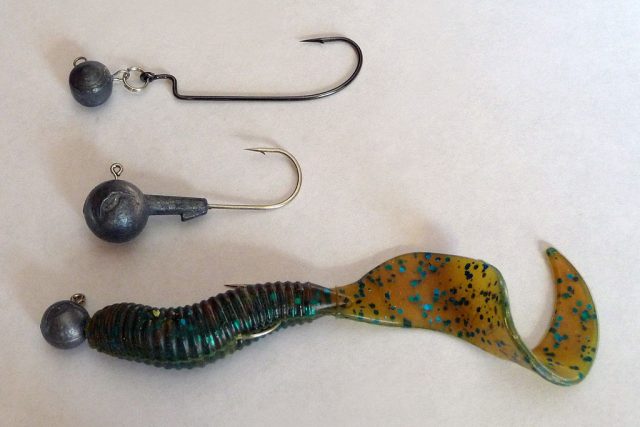
The only decision regarding the sinker should be the environment within which one is fishing. If you want your lure to float over submerged vegetation, then applying a sinker will be counterproductive. Very shallow water does not require a sinker and in circumstances where you want the worm to twitch or jerk along the bottom, leaving the sinker off will provide a more lifelike motion.
Choosing the hook to use
There are some very general guidelines regarding the relationship between the size of the hook to the length of the worm.
| Worm Length in inches | Hook Size |
| 4 – 6 | 1/0 or 2/0 |
| 6 | 3/0 |
| 7 | 4/0 |
| 8 and larger | 5/0 |
| Very thick or extra long | 6/0 |
Modern hooks come in a myriad of styles and shapes. Deciding on what is best for you is a very personal choice. In general terms, an offset shank holds the worm well and leaves plenty of room to hook a fish. At the end of the day, the choice of hook must suit your personal style.
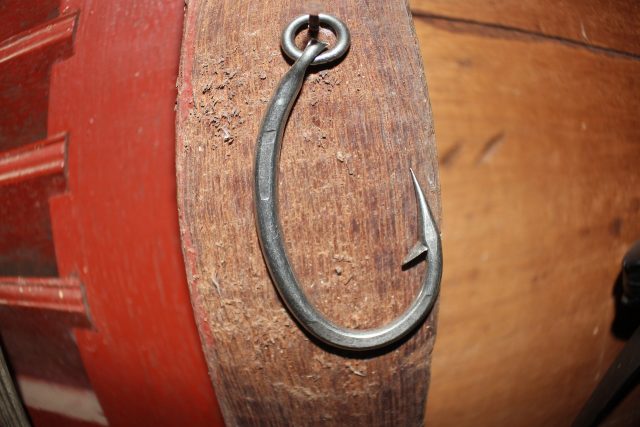
Maintain your hooks in good condition and make sure you always use sharp hooks. The hook will have to be pushed through the plastic body of the worm before you try to implant it in the mouth of a bass, so ensure they are sharp before you start.
As soon as you feel the fish picking up the worm, strike immediately to set the hook. This will help to set the hook in the mouth instead of giving the fish time to swallow the lure, meaning that the fish is hooked in its stomach. Removing the hook from the lip or the corner of the mouth is far more preferable to cutting the line and leaving it in the stomach or trying to get it out of the throat, which will seriously injure the fish.
Environmental considerations
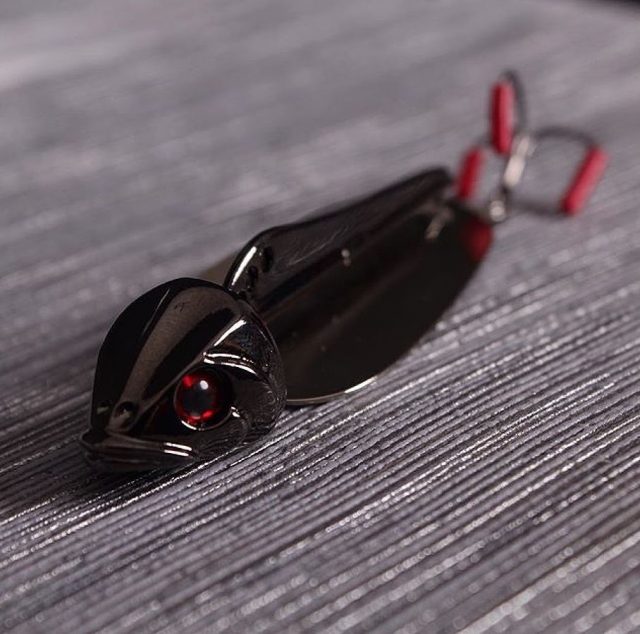
As an aside, be considerate when you dispose of your used worms, sinkers and hooks. Lead sinkers are toxic to the environment and plastic is equally as polluting, so make sure you dispose of these items in a responsible manner. Hooks are dangerous to both humans and wildlife, as is discarded fishing line which has the potential to cause horrendous injuries to fish, reptiles, and birds.
When the bass are striking, it is easy to become distracted and stop paying attention to where all the discarded plastic worms, hook, and sinkers are lying. Try to have a bag in your fishing kit for these items and get into the habit of using it religiously. There may be no bass for us to fish tomorrow if we do not look after the environment today.
If you have any comments then please drop us a message on our Outdoor Revival Facebook page
If you have a good story to tell or blog let us know about it on our FB page, we’re also happy for article or review submissions, we’d love to hear from you.
We live in a beautiful world, get out there and enjoy it. Outdoor Revival – Reconnecting us all with the Outdoors.





